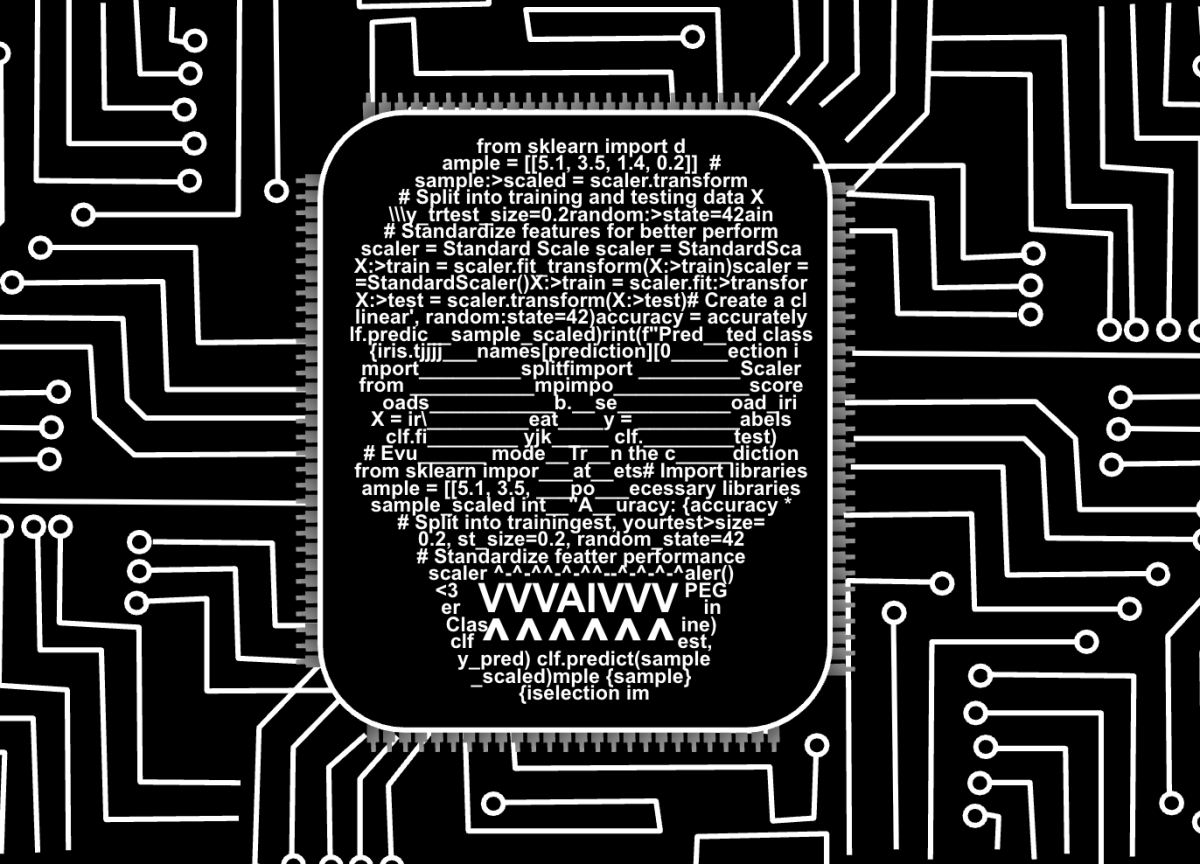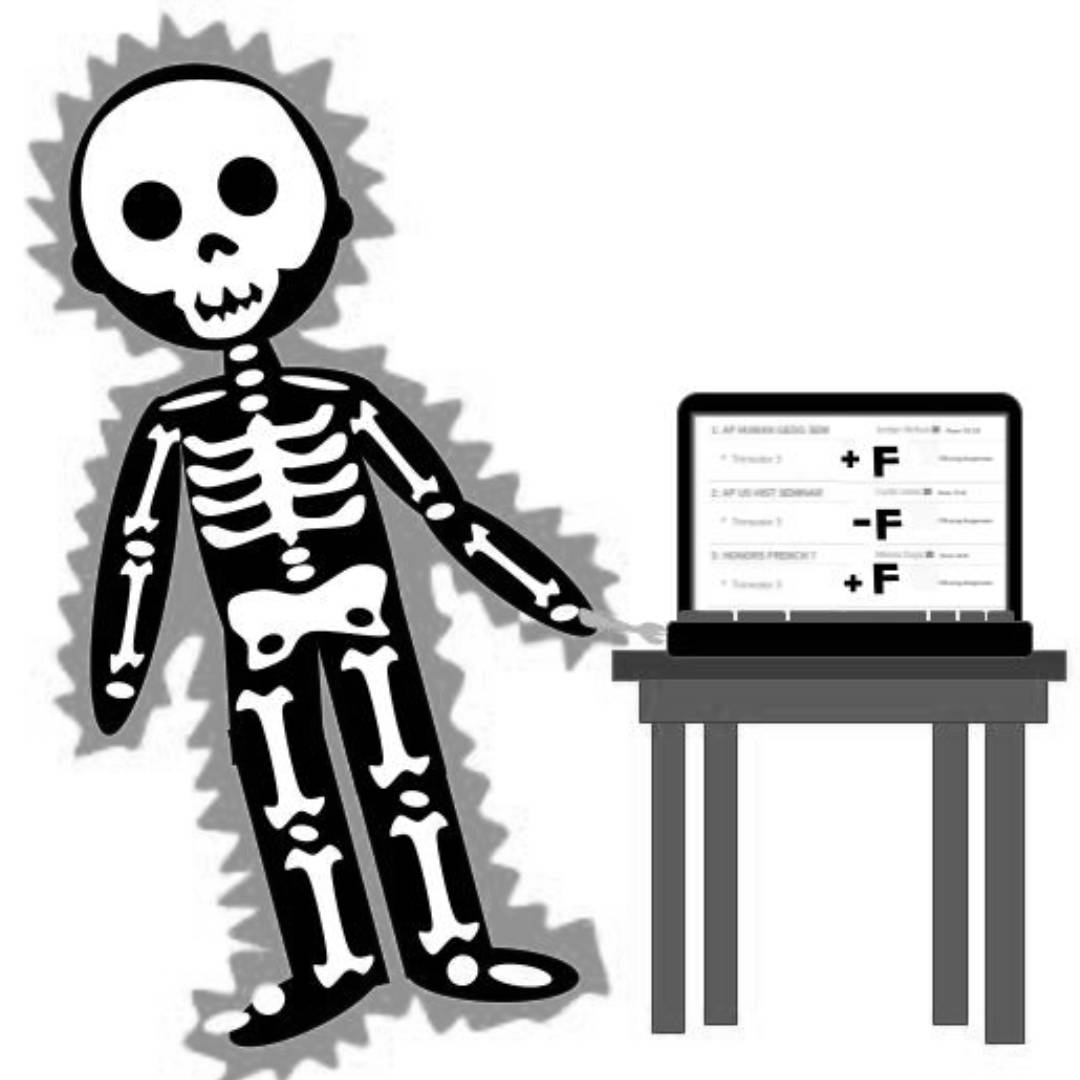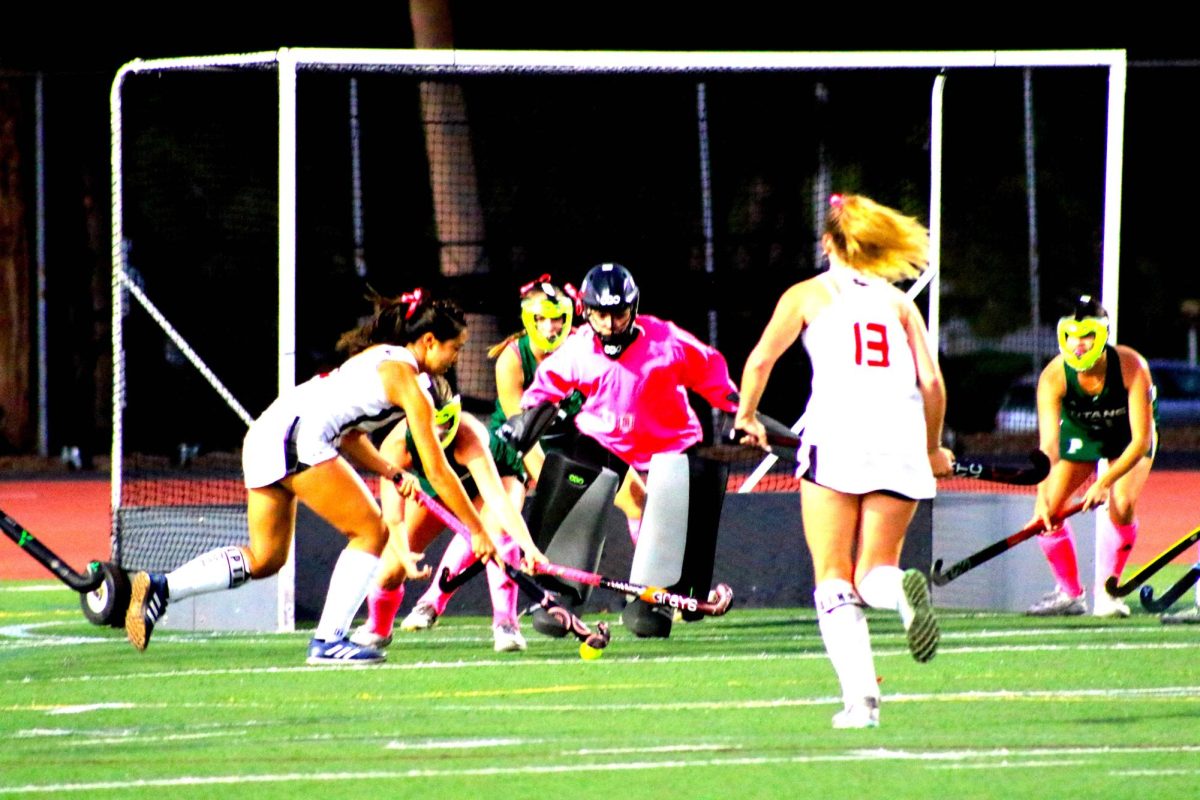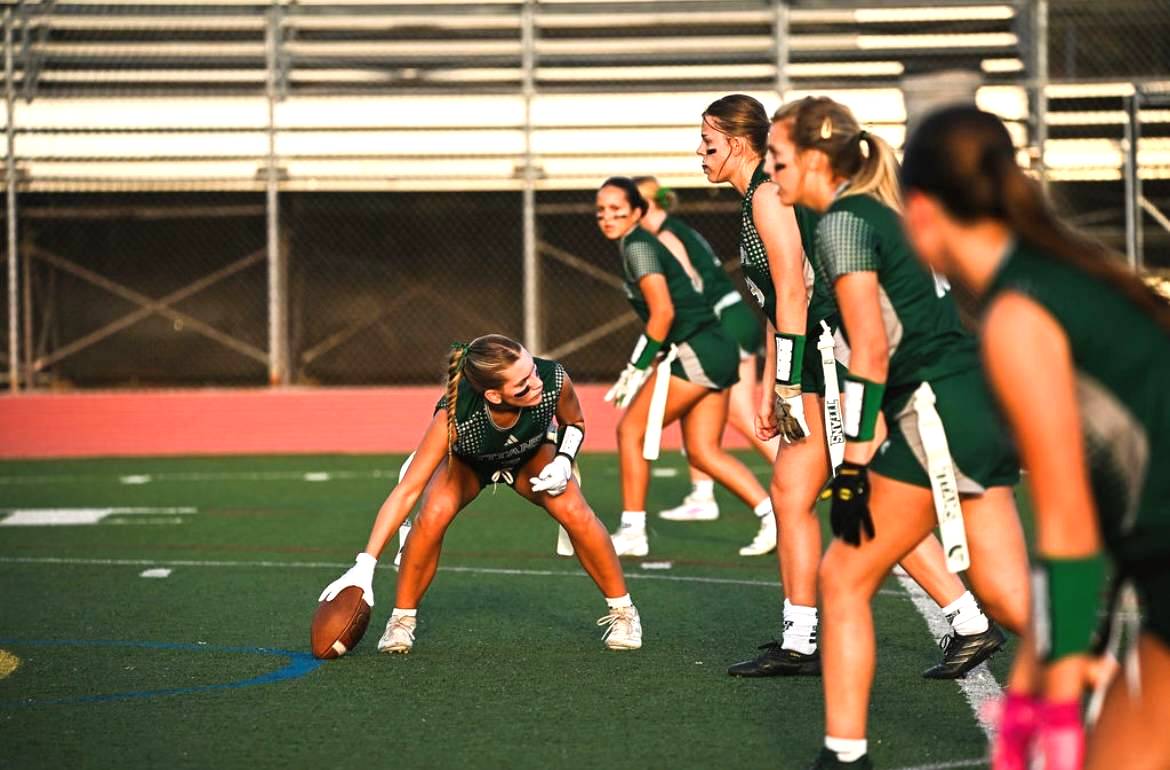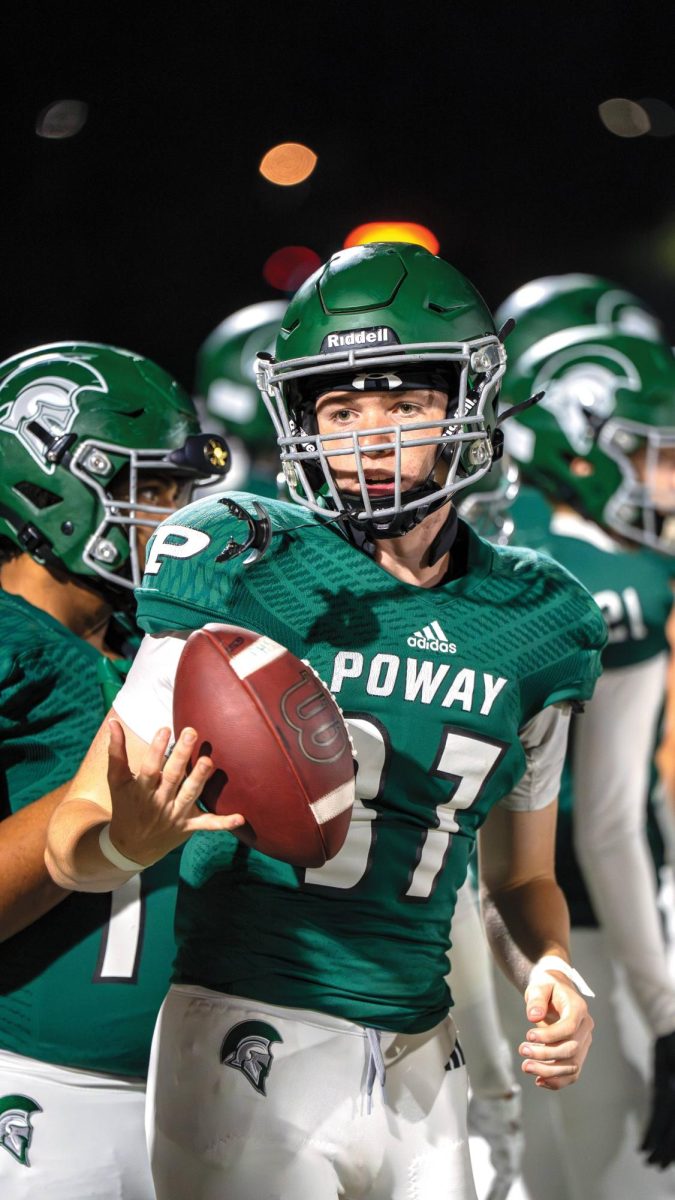You happily scroll through your phone, liking and sharing videos, when all of a sudden you get a notification from your sister in the family group chat.
The notification reads, “EMERGENCY!! COME HOME NOW,” with a photo attached. You opened the image, shocked to see a photo of your house on fire. As you begin to cry and contemplate your future, you get another text reading, “just kidding lol don’t worry it’s AI.”
AI (Artificial Intelligence) is becoming a growing tool in today’s society. It has proved helpful in classrooms and many academic settings, but it is now more commonly being weaponized. With the ability to twist reality, AI is able to deceive many.
Scrolling across social media every day, people are met with the question on several posts, “Is this real or AI?”
Sometimes it is just a harmless video or prank, for example, bunnies jumping on a trampoline or a dog dancing on its hind legs. Other times it is used as a cruel trick, meant to deceive others’ perception of reality, maybe even for the goal of profiting off their gullibility.
Scammers have used AI to make scam calls, asking the victim for their money in exchange for a guaranteed fake service.This is dangerous and poses a whole new issue to the existing issues of phone scams. Because AI can replicate human voices, including those of power or fame, they can deceive the listener into thinking they are talking to someone famous who is asking them for money or action.
If these scams work, AI is a powerful deception. Besides phone calls, AI can also generate photos and videos, such as through Snapchat filters. It can easily make someone look like they are doing or saying something they never did. This aspect makes it very difficult to believe what you see online.
Especially in the realm of politics, AI has been used to literally put words in people’s mouths or make them seem evil.
Around school, I have seen this kind of AI used commonly among students. Students generate photos with a prompt, either making themselves look different or recently, making it look like two students are kissing each other.
Students must be skeptical of what they see online and choose to not weaponize it against each other.
